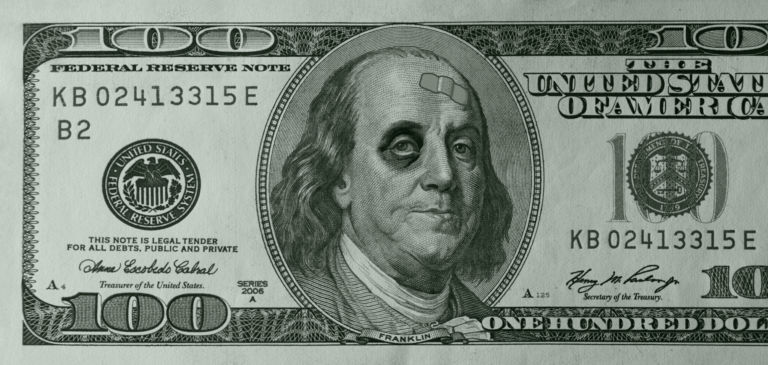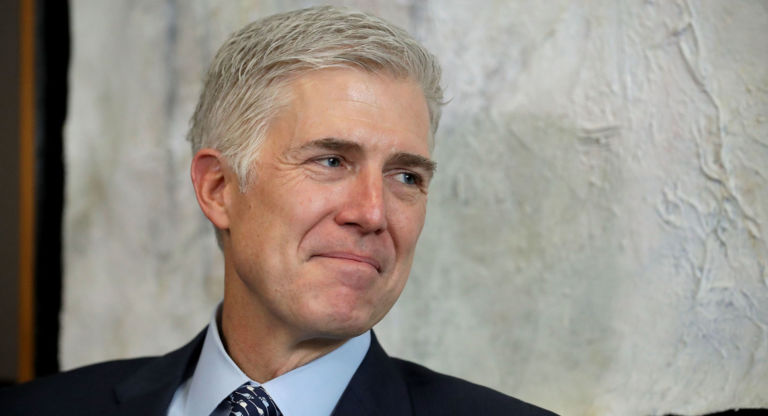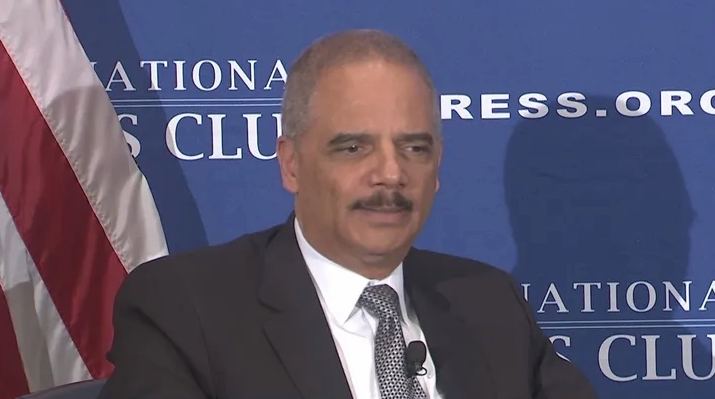Ella Whelan writes for Spiked that great art is supposed to trigger uncomfortable reactions.
… [T]he idea that art can and should surprise us in shocking or even hurtful ways feels like a thing of the past. The art world today is often so terrified of unruly audiences, who these days take to hurling tweets instead of rotten fruit, that trigger warnings are now ubiquitous. They have become a means of controlling and anticipating what kind of reaction a piece might elicit.
Before a recent production of Handel’s Theodora at the Royal Opera House in London, punters were sent an email warning them of scenes of ‘sexual violence, harassment and exploitation and evocation of themes of terrorism’. Rather than be thankful for the heads up, many opera lovers were left a little disappointed by the tameness of the staging. One three-star review described it as ‘surprisingly sober’.
It isn’t only anxiety-ridden theatre producers who are slapping trigger warnings where they don’t belong. Back in 2014, students at US universities like Oberlin College, the University of California, Rutgers University and George Washington University signed statements requesting trigger warnings for books on their reading lists, including Mrs Dalloway, The Merchant of Venice and The Great Gatsby. The students wanted their professors to warn them ‘which sections or volumes of a book possess triggering material and which are safer to read’. The idea that reading or watching a fictional story could put adult students in a position of danger, requiring professors to intervene to determine what is ‘safe’, was widely ridiculed at the time. It has now become commonplace.
Last year, the Mail on Sunday began issuing freedom-of-information requests to universities across the UK to find out just how many trigger warnings were being given to students. It found that the University of Aberdeen was warning its students that Shakespeare’s Julius Caesar contains ‘sexist attitudes’, including the spoiler that the ‘plot centres on a murder’.


